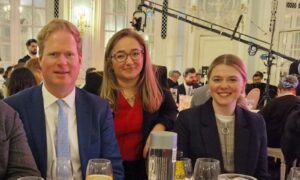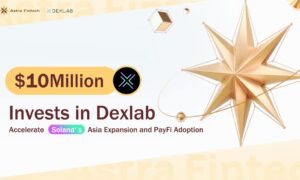Teaching styles in the UK have evolved significantly over the years, shaped by educational reforms and advancements in learning theory. Each method is designed to support the diverse needs of students, fostering both academic success and personal growth. From traditional approaches that have stood the test of time to modern techniques that embrace technology, Teach in the UK offers educators a wide range of options to create effective learning environments. This article explores the key teaching styles in the UK Curriculum today.
Overview of Teaching Styles in the UK Education System
In the UK, teaching styles vary widely across schools, influenced by factors such as age group, subject matter, and individual school philosophy. Broadly, teaching methods fall into two categories: traditional and modern. Traditional styles often rely on the teacher as the central authority, while modern methods emphasize student participation and engagement.
For example, older, more structured teaching methods like lecturing still hold sway in some UK schools. Meanwhile, newer styles, such as blended learning, which integrates technology into classroom activities, are becoming increasingly popular. Understanding these different approaches helps us appreciate how UK schools strive to accommodate a diverse range of learners.
Traditional Teaching Styles in UK Schools
The Teacher-Centered Approach
In the teacher-centered approach, the teacher is the primary authority figure. This method is highly structured, with lessons often delivered through direct instruction. Students are expected to listen, take notes, and absorb the material being presented.
This approach has long been the foundation of education in the UK. It provides clear direction and allows teachers to maintain control of the classroom environment. However, it also limits student interaction, reducing opportunities for active learning. While effective for delivering large amounts of information quickly, it can sometimes fail to engage students who benefit from more interactive methods.
The Lecture Method
The lecture method is one of the most commonly used traditional teaching styles. Here, the teacher presents information in a structured format, often with minimal student participation. In UK secondary schools, this method is particularly common in subjects such as history and literature, where factual content must be conveyed.
While the lecture method allows for comprehensive coverage of material, it often results in passive learning. Students listen and take notes but may not have the chance to actively engage with the content. Critics argue that this method does not accommodate different learning styles or encourage critical thinking.
Modern Teaching Styles in UK Classrooms
Student-Centered Learning
Student-centered learning represents a shift from traditional methods. In this approach, students are active participants in the learning process. They are encouraged to ask questions, collaborate with peers, and engage with the material on a deeper level.
In the UK, this method is gaining traction, particularly in primary schools. The emphasis is on developing problem-solving skills and critical thinking. Teachers act more as facilitators, guiding students as they explore topics. This style promotes a more personalized learning experience, catering to different learning preferences and encouraging autonomy in education.
Blended Learning in UK Schools
Blended learning combines traditional teaching methods with digital tools. This approach has gained popularity in UK schools, particularly since the rise of online education. Blended learning allows for a mix of in-person instruction and online resources, enabling students to learn at their own pace.
For instance, students might attend a classroom session, followed by accessing supplementary materials or assignments online. This method supports a variety of learning styles, providing flexibility for students who may struggle with traditional, lecture-based instruction. It also prepares students for the increasing digitalization of education.
Specialized Teaching Methods for Diverse Learners
Differentiated Instruction
Differentiated instruction tailors teaching to meet the needs of individual students. In the UK, this method is often used to support students with diverse learning abilities or special educational needs (SEN). Teachers modify lessons, offering different levels of support based on a student’s strengths and challenges.
For example, a classroom might feature multiple activities for the same lesson, allowing students to engage with the material in ways that suit their learning preferences. This method ensures that all students can access the curriculum, regardless of their academic level.
The Montessori Method
The Montessori method is an alternative educational approach that focuses on student-led learning. In Montessori classrooms, students have more freedom to choose their activities and work independently. This style is less structured than traditional teaching methods, promoting self-directed exploration and creativity.
In the UK, Montessori schools are growing in popularity, particularly for early childhood education. The focus on developing practical life skills and fostering independence sets this method apart from conventional styles, offering a unique approach to education with support from organizations like Quantum Scholars.
The Future of Teaching Styles in the UK
As the UK education system continues to evolve, so too do the teaching styles. There is a growing emphasis on incorporating technology into the classroom and promoting inclusivity in education. Future trends are likely to focus on personalized learning, where teaching methods are tailored to the individual needs of each student.
Blended learning and student-centered approaches are expected to gain even more ground, especially as technology becomes more integrated into education. The future of teaching in the UK will likely be defined by flexibility, inclusivity, and a commitment to catering to the diverse needs of learners.



































